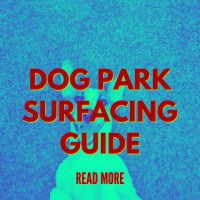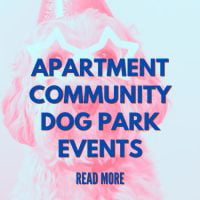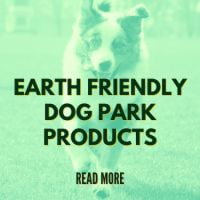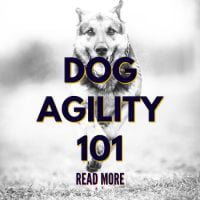The Essentials of a Good Dog Park
Dog Parks for Multifamily Communities and Properties
While multifamily properties are high in demand for a wide mix of renters, they have an unexpected demographic to cater towards. As more residents move into these developments, their pets are coming with them. Residents in the multifamily setting enjoy convenience and helpful amenities, but when looking for a new community, a dog park is often a deciding factor.
To accommodate residents and their furry friends, properties must adapt to be more pet-friendly. Making this shift will make your development more attractive to renters and keep current tenants (and their beloved pets) happy. We sat down with Nora VandenBerghe, the Sales and Marketing Manager of Dog-On-It Parks to learn just how to set your community apart with pet-friendly playgrounds.
Why Are Dog Parks Essential in Multifamily?
Dog parks have the versatility to entertain all age groups, making it the perfect meeting ground in the multifamily arena.
In 2015, the millennial generation surpassed the baby boomer generation as the largest cohort in history with 75 million members.
This generational shift means a shift in lifestyles, attitudes, and mindsets. Since millennials are waiting longer to have kids, they in turn, become parents to their dogs and are willing to spend more money on their dogs than ever before.
According VandenBerghe, “Our culture in general is becoming more pet friendly, as the pet service industry is the second largest revenue-generating industry behind consumer electronics,” says VandenBerghe. “This year the industry has raised about 62 billion in revenue.”
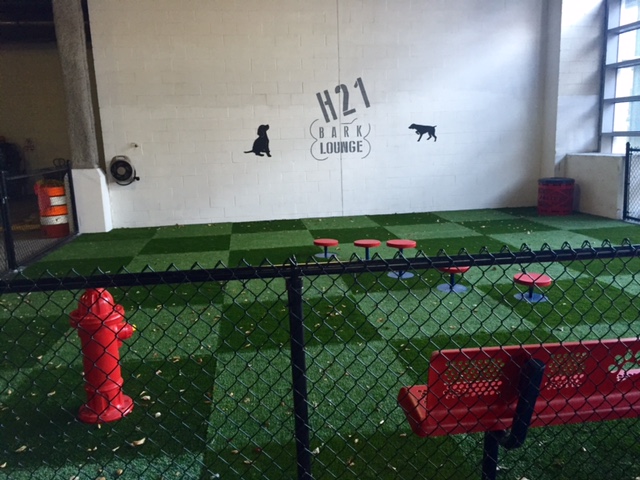 The point? This is a gold mine industry your development can take advantage of. According to Pet Food Industry, 57 percent of millennial households own a pet and 39 percent plan on owning a pet in the future. Dog parks have an incredible experiential value for residents that rival other popular amenities. In addition, there is a great social aspect associated with pet parks since dogs act as great icebreakers and conversation starters. What’s your puppy’s name? How long have you had her? Is she a social dog? It’s a great way to meet fellow neighbors and build a connected community.
The point? This is a gold mine industry your development can take advantage of. According to Pet Food Industry, 57 percent of millennial households own a pet and 39 percent plan on owning a pet in the future. Dog parks have an incredible experiential value for residents that rival other popular amenities. In addition, there is a great social aspect associated with pet parks since dogs act as great icebreakers and conversation starters. What’s your puppy’s name? How long have you had her? Is she a social dog? It’s a great way to meet fellow neighbors and build a connected community.
How Can a Dog Park Fit Into My Property?
Avoiding the 15-minute drive to a local dog park and simply walking outside to play with your dog is a definite luxury, but most developments have limited space to build a full on park. This is where you can get creative. Dog parks are a lucrative investment for developers. VandenBerghe points out that it’s actually cheaper to build a dog park than a children’s playground… and it serves a larger audience.
Companies like, Dog-On-It Parks, work with developments from start to finish when creating a dog park. Either they can help to build one from scratch or implement one after the complex is already built. By working directly with property managers, they find the best place to build a park, and they can get pretty innovative. VandenBerghe says she has seen it all. Communities are beginning to convert tennis courts, parking lots, parking garages, and open green-belt areas into dog parks.
What We’re Seeing in Dog Park Trends
Planning a good dog park is just as important as planning well-developed apartments. You must think of safety and how to accommodate dogs and people of all shapes and sizes. The best dog parks are those that provide amenities and equipment that make it fun for both the dogs and their owners.
Every dog park is unique to the community, so capture the atmosphere of your development and reflect it in the park. This is the fun part. Dog-On-It Parks manufactures all equipment within the U.S. and customizes the equipment to each customer. They strive to reinforce your brand on their products by customizing the products, creating a color theme to match the community, and engraving names and logos on the equipment.
The tail-friendly equipment is endless, but the most popular equipment pieces are ones that incorporate agility. This gives residents something to do alongside their dogs, instead of sitting in the background on their phones.
VandenBerghe says, dogs are naturally curious, therefore agility structures entice them to explore their surroundings. Although dogs are curious, they are also extremely cautious. Keep structures low to the ground, sturdy, and slip resistant.
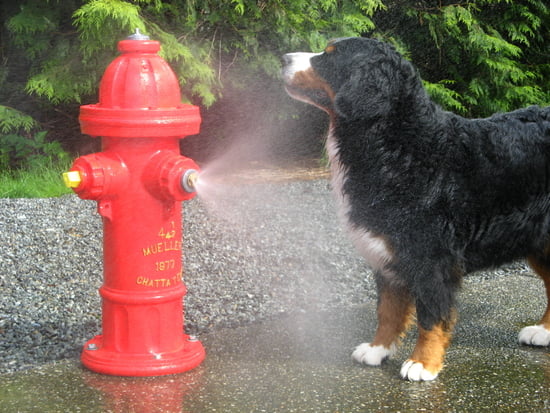 Along with agility equipment, water features are always a huge hit in parks. Try to find a water line nearby to build your park around. This adds a fun and convenient element. According to VandenBerghe, “We build pet fountains to play in, spray fire hydrants, and water stations so residents don’t have to lug water to the park.”
Along with agility equipment, water features are always a huge hit in parks. Try to find a water line nearby to build your park around. This adds a fun and convenient element. According to VandenBerghe, “We build pet fountains to play in, spray fire hydrants, and water stations so residents don’t have to lug water to the park.”
Get as creative as you want with your dog park, but keep in mind these fundamental aspects all dog parks should have:
- Leave plenty of open space for running so the park doesn’t become overcrowded on a busy day.
- A sturdy fence is one of the most important pieces of the whole park.
- Plenty of seating for owners to take breaks on is critical. If there is no natural shading in your area, provide some type of roofing.
- The busiest time to visit a dog park is in the warm months, so be proactive about residents needs.
How Dog Parks Benefit Property Managers
Investing in a dog park offers many benefits to your property, but the biggest are new potential residents and increased resident happiness — leading to retention.
“When we’re showing the building to prospective tenants, nine out of ten times we’ll be asked if we’re pet friendly,” says property manager Mary Swanson. “It gives us an advantage because we have a few more amenities than some of the communities in our area.”
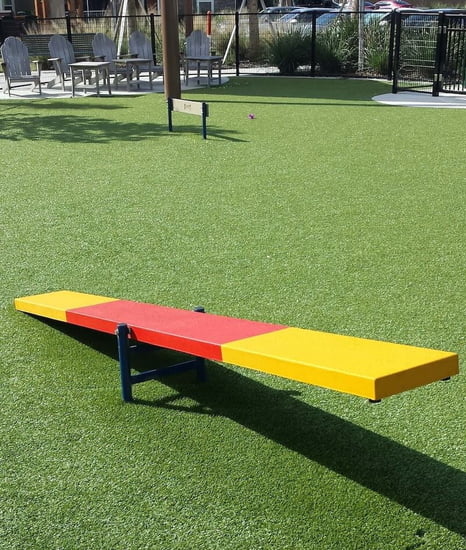
An apartment with pets can be chaotic if property managers do not provide ways to accommodate the pets. Providing an outlet for pets to exercise on a daily basis reduces the chaos sprung from restless animals within the units. In other words, less noise complaints caused from neighbors annoyed by the barking dog next door.
VandenBerghe stresses that there is also a lot of responsibility placed on the property manager. Managers need to do their best to educate owners about dog park rules and city regulations. Just like a playground, liability falls on the manager. Be proactive about possible issues that can arise and know how to handle them.
For example, waste clean up is the top issue in dog parks. VandenBerghe suggests providing waste pick-up stations around the park stocked with bags for residents to easily use. Ultimately, it is up to the pet parent to know if their dog is a good fit for a park, but some owners may not know what behavioral signs to look out for.
VandenBerghe says she has seen managers bring in pet trainers to educate residents or check regulations with animal control to make sure dogs are healthy enough to interact with other dogs.
Since a dog park is a great socializing scene, take advantage of this as a property manager! Create monthly socializing events centered around the dogs, such as puppy playdates or Yappy Hours. Dog parks are a great way for property managers to build a strong community. Everyone loves to bond over common interests and this is especially true for pet lovers.
More Dog Park Resources
Want more tips and helpful information about dog park design and planning? Check out some of our helpful resources below.
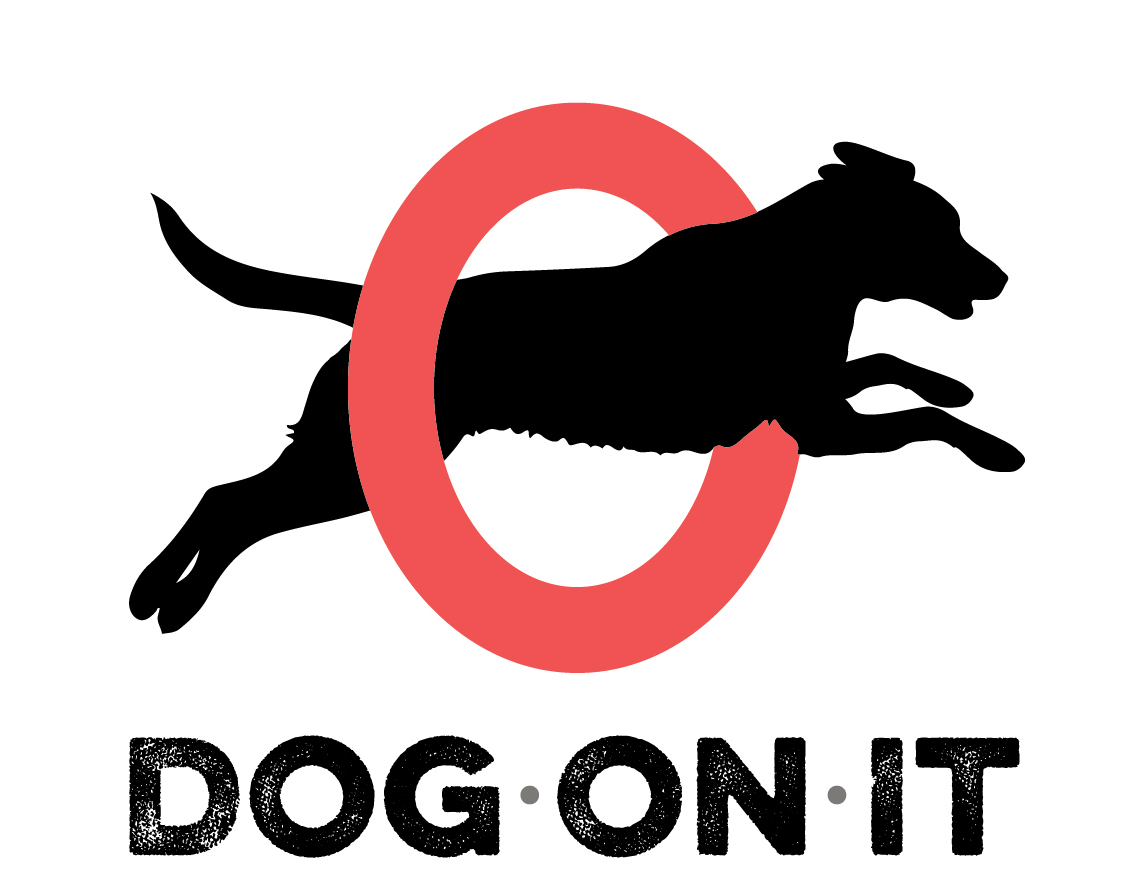 Est 2009: Your Dog Park Experts!
Est 2009: Your Dog Park Experts!



